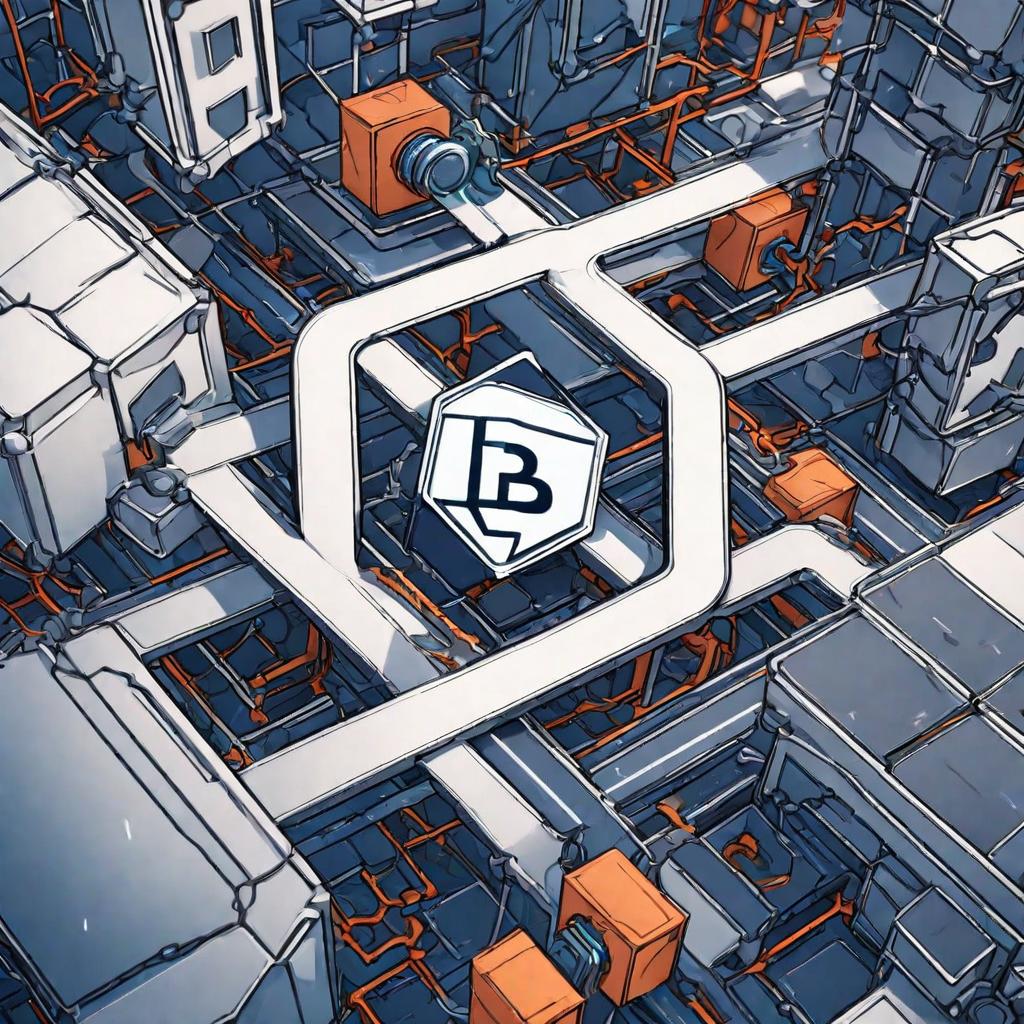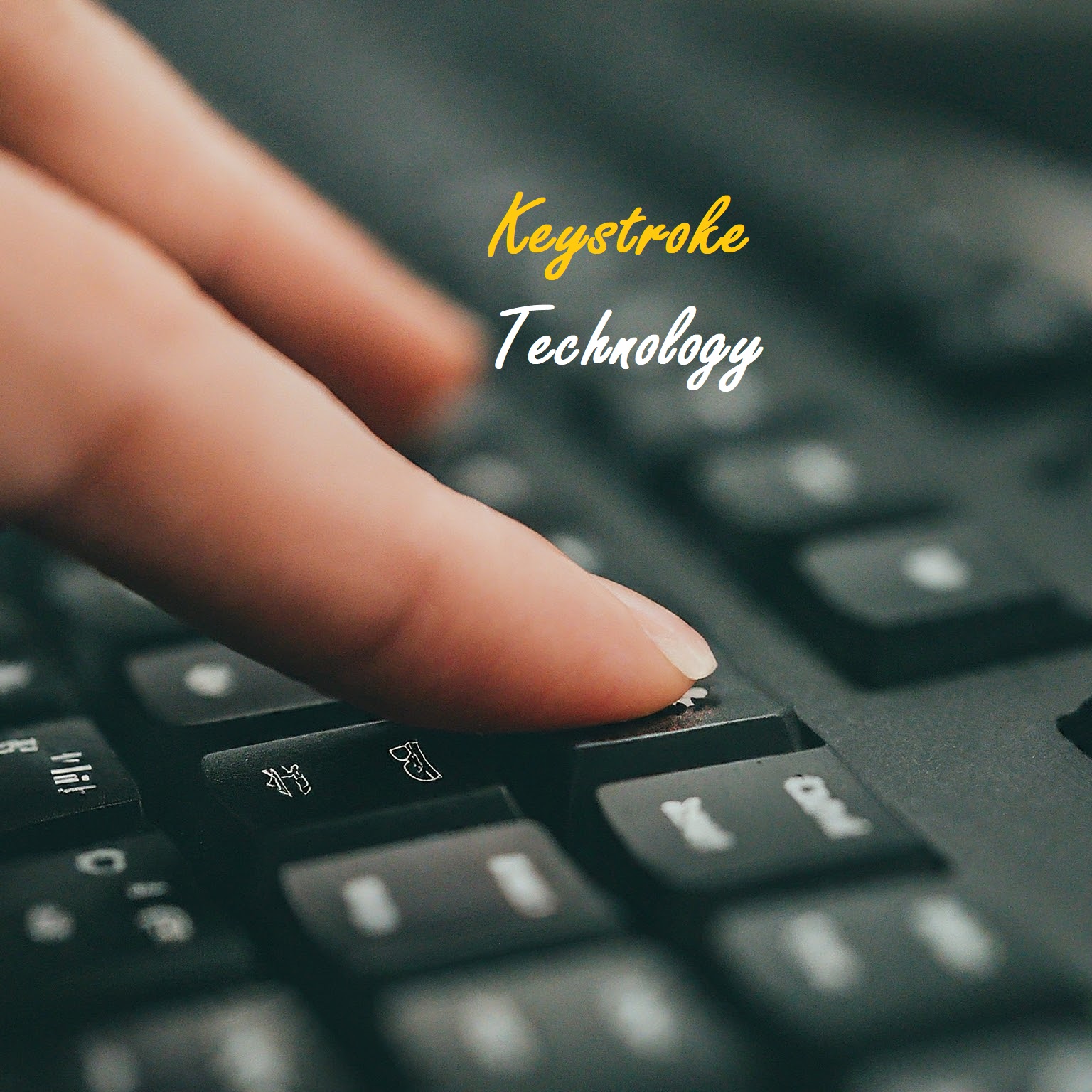Blockchain technology has transcended its origins as the foundational technology behind cryptocurrencies like Bitcoin. Today, it stands as a disruptive force with the potential to revolutionize various industries, from finance and healthcare to supply chain management and beyond. In this article, we’ll delve into the essence of blockchain, its underlying principles, and explore its myriad applications beyond the realm of digital currencies.

Blockchain technology has emerged as one of the most transformative innovations of the 21st century, offering decentralized solutions to various industries. It gained prominence initially as the underlying technology of cryptocurrencies like Bitcoin, but its applications extend far beyond digital currencies. In this comprehensive guide, we’ll explore the intricacies of blockchain technology, its fundamental principles, components, mechanisms, and diverse applications across different sectors.
Contents
What is Blockchain Technology?
Applications of Blockchain Technology.
Comparing Traditional Technology to Blockchain.
What is Blockchain Technology?
At its essence, blockchain is a distributed ledger technology that enables secure, transparent, and decentralized peer-to-peer transactions and data storage. Unlike traditional centralized databases controlled by a single authority, blockchain operates on a network of computers (nodes) where each participant retains a copy of the ledger. This decentralized structure ensures transparency, immutability, and trust in the absence of intermediaries.
Understanding Blockchain
At its core, blockchain is a decentralized, distributed ledger technology that enables secure and transparent peer-to-peer transactions without the need for intermediaries. Unlike traditional centralized systems where a single authority controls the database, blockchain operates on a network of computers (nodes) that collectively validate and record transactions in a chronological and immutable manner.
Key Components of Blockchain:
- Decentralization: Blockchain operates on a decentralized network, meaning no single entity has control over the entire system. This decentralization enhances security, resilience, and transparency by eliminating single points of failure and reducing the risk of fraud or manipulation.
- Transparency and Immutability: Every transaction recorded on the blockchain is transparent and immutable, meaning it cannot be altered or deleted once validated and added to the ledger. This ensures data integrity and trust among participants within the network.
- Consensus Mechanisms: Blockchain networks employ consensus mechanisms to validate transactions and achieve agreement among nodes. Popular consensus algorithms include Proof of Work (PoW), Proof of Stake (PoS), and variations like Delegated Proof of Stake (DPoS) and Practical Byzantine Fault Tolerance (PBFT).
- Blocks: A blockchain consists of a series of blocks, each containing a set of transactions or data records. Every block is linked to its predecessor through cryptographic hashes, forming a chain of blocks. This linkage ensures the integrity and immutability of the data stored on the blockchain.
- Cryptography: Cryptography plays a crucial role in securing transactions and maintaining the integrity of the blockchain. Public-key cryptography is used to create digital signatures that authenticate transactions and ensure that only authorized parties can initiate or validate them.

How Does Blockchain Work?
The process of adding transactions to the blockchain involves several steps:
- Transaction Initiation: A participant initiates a transaction by creating a digital signature using their private key, which serves as proof of ownership and authorization.
- Transaction Propagation: The transaction is broadcasted to all nodes in the network for validation and inclusion in the next block.
- Transaction Validation: Nodes verify the authenticity and validity of the transaction based on predefined consensus rules. This verification process typically involves checking the digital signature, ensuring that the sender has sufficient funds, and validating the transaction against the blockchain’s history.
- Block Formation: Validated transactions are grouped together into a block, along with a reference to the previous block and a cryptographic hash. Miners or validators compete to solve a computational puzzle (in PoW) or stake their cryptocurrency (in PoS) to create a new block.
- Block Validation and Addition: Once a block is created, it is broadcasted to the network for validation. Nodes verify the block’s integrity and reach a consensus on its validity before adding it to the blockchain.
To get into further details lets understand these steps: –
1. Transaction Initiation:
- The process begins when a participant initiates a transaction by creating a digital signature using their private key. This signature serves as proof of ownership and authorization.
- For example, Alice wants to send 2 Bitcoins to Bob.
2. Transaction Propagation:
- The transaction is broadcasted to all nodes in the network.
- Each node receives the transaction and propagates it to its neighboring nodes.
3. Transaction Verification:
- Nodes verify the authenticity and validity of the transaction based on predefined consensus rules.
- This verification process involves checking the digital signature, ensuring that the sender has sufficient funds, and validating the transaction against the blockchain’s history.
4. Block Formation:
- Validated transactions are grouped together into a block.
- Each block contains a set of transactions, a reference to the previous block (hash pointer), and a cryptographic hash of its contents.
5. Consensus Mechanism:
- Miners or validators compete to solve a computational puzzle (Proof of Work) or stake their cryptocurrency (Proof of Stake) to create a new block.
- This process is known as the consensus mechanism and ensures agreement among nodes on the validity of transactions and the order of blocks.
6. Block Validation and Addition:
- Once a block is created, it is broadcasted to the network for validation.
- Nodes verify the block’s integrity and reach a consensus on its validity before adding it to the blockchain.
- The validated block is added to the blockchain, forming a chain of blocks.
Applications of Blockchain Technology
- Finance and Banking: Blockchain is disrupting the traditional financial sector by offering faster, more secure, and cost-effective solutions for cross-border payments, remittances, and asset tokenization. Smart contracts, powered by blockchain, automate and enforce the terms of agreements without the need for intermediaries, reducing transactional costs and streamlining processes.
- Supply Chain Management: Blockchain enhances transparency and traceability in supply chains by securely recording the movement of goods from manufacturer to end consumer. This helps mitigate issues like counterfeiting, fraud, and inefficiencies while ensuring ethical sourcing and sustainable practices.
- Healthcare: In the healthcare industry, blockchain facilitates secure and interoperable sharing of medical records among healthcare providers, patients, and researchers. Patients gain greater control over their data privacy and consent, while healthcare organizations benefit from streamlined data management and improved patient care outcomes.
- Voting and Governance: Blockchain technology has the potential to revolutionize the democratic process by enabling secure and transparent voting systems. By leveraging blockchain’s immutable ledger, elections can be conducted with increased integrity, reducing the risk of tampering or voter fraud.
- Intellectual Property Rights: Blockchain offers a robust solution for protecting intellectual property rights by timestamping and authenticating digital assets such as patents, copyrights, and trademarks. This helps creators and innovators safeguard their creations while facilitating fair and transparent licensing and royalty distribution.
- Cryptocurrencies: Blockchain technology gained prominence with the introduction of Bitcoin, the first decentralized cryptocurrency. Today, cryptocurrencies serve as digital assets, mediums of exchange, and stores of value, enabling borderless and censorship-resistant transactions.
Comparing Traditional Technology to Blockchain
So you might be wondering what has changed after all the above technical jargon, Well here we discuss just that.
Below is a comparison table outlining the changes that mark a paradigm shift from traditional technologies to blockchain:
| Aspect | Traditional Technologies | Blockchain Technology |
| Centralization vs. Decentralization | Relies on centralized systems controlled by a single authority or organization. | Operates on decentralized networks where no single entity has control. |
| Trust Mechanism | Requires trust in intermediaries or central authorities to validate transactions and maintain data integrity. | Utilizes cryptographic techniques and consensus mechanisms to ensure trust among participants without intermediaries. |
| Data Storage and Management | Data is stored in centralized databases managed by a single entity, leading to potential vulnerabilities and single points of failure. | Data is stored across a distributed network of nodes, enhancing security, resilience, and transparency. |
| Transparency and Immutability | Lack of transparency in data handling and limited mechanisms for verifying data integrity. Data can be altered or manipulated by centralized authorities. | Offers transparent and immutable record-keeping through cryptographic hashing and consensus mechanisms, ensuring data integrity and preventing tampering. |
| Transaction Processing Speed | Transaction processing speed may be limited by centralized systems and the need for intermediaries to validate transactions. | Offers faster transaction processing through decentralized consensus mechanisms and automation, reducing the need for intermediaries and delays. |
| Security and Fraud Prevention | Vulnerable to security breaches, hacking, and fraud due to centralized points of control and potential human error. | Provides enhanced security through cryptographic encryption, decentralization, and consensus mechanisms, making it resistant to hacking and fraud. |
| Cost Efficiency | Incur costs associated with intermediaries, transaction fees, and maintaining centralized infrastructure. | Offers cost efficiency by eliminating intermediaries, reducing transaction fees, and streamlining processes through automation. |
| Accessibility and Inclusivity | Access may be restricted due to centralized control, geographical limitations, and barriers to entry. | Promotes accessibility and inclusivity by providing open access to decentralized networks, facilitating global participation and innovation. |
| Innovation and Collaboration | Innovation may be hindered by the limitations of centralized systems, regulatory barriers, and resistance to change. | Fosters innovation and collaboration through open-source development, interoperability, and permissionless innovation, driving rapid advancements across various industries. |
- This comparison highlights the fundamental differences between traditional technologies and blockchain, illustrating how blockchain represents a paradigm shift towards decentralization, transparency, security, and inclusivity in the digital age.
Challenges and Future Outlook
Despite its transformative potential, blockchain technology still faces challenges related to scalability, interoperability, regulatory compliance, and energy consumption (especially in the case of PoW consensus). However, ongoing research and development efforts, coupled with industry collaborations and regulatory frameworks, are addressing these challenges and paving the way for widespread adoption.
Looking ahead, the future of blockchain appears promising, with continued innovation driving its integration into various sectors and unlocking new opportunities for efficiency, transparency, and trust in the digital economy.
Conclusion
Blockchain technology represents a paradigm shift in how we conceptualize trust, security, and decentralization in the digital age. Beyond its origins in cryptocurrency, blockchain is reshaping industries and empowering individuals and organizations to transact and collaborate in a more transparent, efficient, and secure manner. As we embrace the potential of blockchain technology, it’s essential to navigate its complexities thoughtfully and ethically to realize its full transformative impact on society.






This website has quickly become my go-to source for [topic]. The content is consistently top-notch, covering diverse angles with clarity and expertise. I’m constantly recommending it to colleagues and friends. Keep inspiring us!